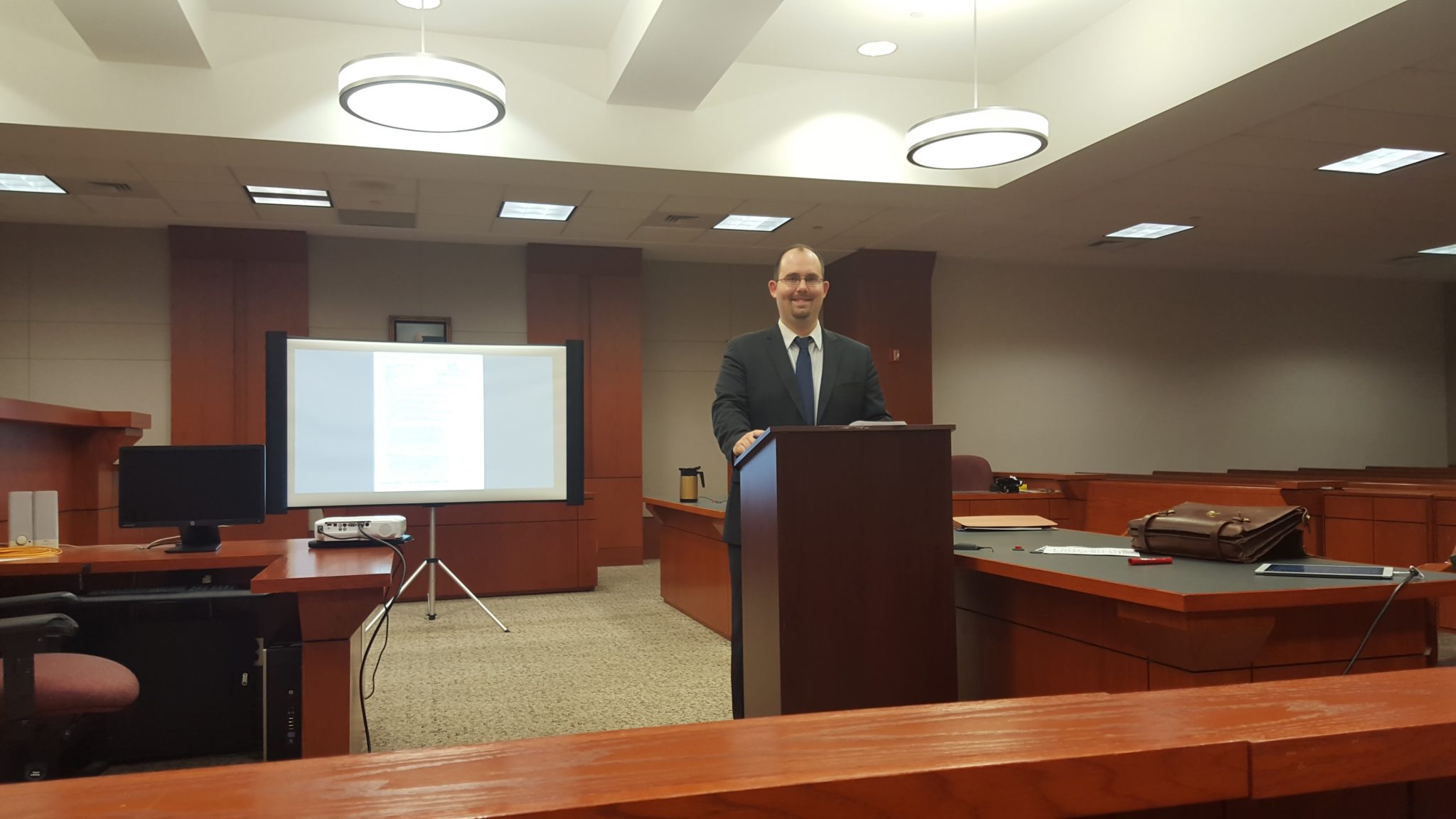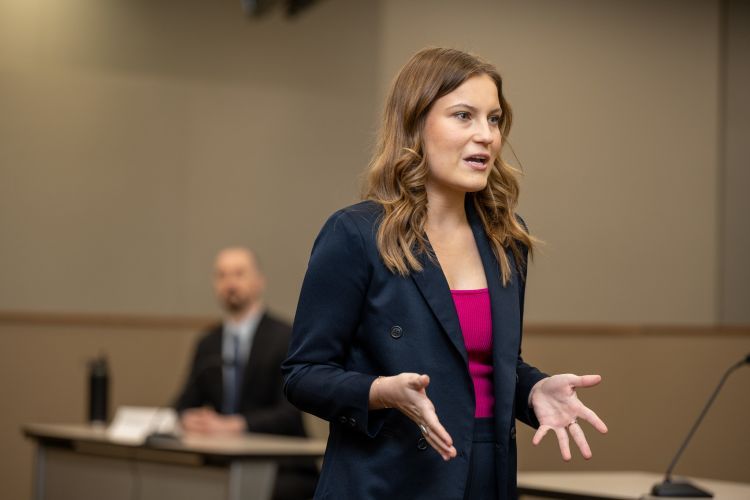From Concept to Courtroom: Steps to Create Powerful and Persuading Trial Presentations
From Concept to Courtroom: Steps to Create Powerful and Persuading Trial Presentations
Blog Article
Navigating the Complexities of Test Presentations: Tips for Seamless Shipment and Compelling Disagreements
In the realm of legal procedures, the art of trial discussion stands as an essential determinant of success. The complexities intrinsic in test discussions need a delicate balance of method, finesse, and ability.

Comprehending Test Purposes
To properly navigate a trial, it is essential to have a clear understanding of the purposes that require to be achieved. Prior to entering the court, lawful groups need to specify their goals and preferred end results. These goals work as leading concepts throughout the test, forming methods and influencing decision-making processes.
Understanding trial goals involves a detailed analysis of the case, lawful precedents, and the customer's ideal passions. Trial Presentations. It calls for a thorough assessment of the facts, identifying vital problems, and expecting possible challenges. By establishing quantifiable and certain objectives, attorneys can customize their discussions and arguments to align with the preferred results
Additionally, a clear grip of trial purposes makes it possible for legal groups to prioritize proof, witnesses, and legal arguments effectively. It enables for the advancement of a meaningful story that reverberates with the judge and court, reinforcing the general situation discussion.

Organizing Evidence Successfully
Having a clear understanding of test purposes lays the structure for organizing proof efficiently in lawful procedures - Trial Presentations. By aligning the presentation of evidence with the preferred results of the trial, legal groups can enhance their disagreements and improve their persuasiveness. One crucial aspect of organizing proof is classification. Organizing proof based upon themes or significance to details lawful aspects can assist streamline the discussion and make complex details extra absorbable for the judge or jury.
An additional crucial element in arranging evidence efficiently is developing a rational flow. Offering proof in a coherent and consecutive way can assist construct an engaging narrative that supports the legal debates being made. Additionally, using aesthetic aids such as graphs, graphes, or timelines can further improve the company of evidence and assist in making clear complex connections or sequences of occasions.
Furthermore, ensuring that all evidence provided is admissible and relevant to the situation is vital. Pointless or inadmissible proof can detract from the stamina of the debate and potentially harm the reputation of the presenting party. As a result, a hop over to these guys careful testimonial and selection procedure must be taken on to include only one of the most legitimately audio and impactful proof in the test discussion.
Crafting Convincing Narratives
Crafting engaging narratives plays a pivotal duty in presenting convincing debates during legal process. When constructing a narrative for a trial presentation, it is important to establish a clear storyline that highlights key factors and links them in a meaningful fashion. By weaving together evidence, statement, and legal disagreements into a natural and convincing narrative, lawful experts can efficiently advocate for their clients and increase the chance of a beneficial result in the courtroom.
Grasping Aesthetic Help
Effective usage of find more information visual aids is key to enhancing the influence and clarity of test presentations. Visual aids, when utilized purposefully, have the power to streamline complicated details, enhance crucial factors, and leave a long-term impact on the discretionary. To master aesthetic help in trial presentations, it is vital to guarantee that they are clear, succinct, and pertinent to the disagreements being made.
When including visual help, such as graphes, timelines, graphs, or pictures, right into a test presentation, it is important to keep them aesthetically appealing yet expert. The visuals should enhance the verbal disagreements, giving a graph of the information being gone over without frustrating the audience with unnecessary information.
Furthermore, exercising with the visual aids in advance is important to ensure a seamless distribution throughout the trial. Familiarizing oneself with the content, changes, and timings of each aesthetic aid can help maintain the circulation of the presentation and prevent technological problems that might emerge.
Supplying Impactful Closing Arguments
A compelling closing debate serves as the culmination of a trial discussion, enveloping the core story and encouraging the court and jury towards a beneficial decision. Begin by outlining the primary arguments that sustain your client's position, highlighting why the proof presented throughout the test supports your story.
Moreover, including psychological appeal can further strengthen your closing argument. Ultimately, a well-crafted closing disagreement should leave a long lasting perception, engaging the judge and court to rule in your client's favor.
Verdict
To conclude, grasping test discussions entails recognizing objectives, organizing evidence, crafting narratives, making use of visual aids, and providing impactful closing arguments. By applying these approaches effectively, attorneys can present their situation flawlessly and make compelling disagreements in the court room. It is click for source essential to navigate the intricacies of test presentations with precision and ability to attain success in lawful procedures.
By aligning the discussion of proof with the preferred results of the trial, lawful teams can strengthen their arguments and improve their persuasiveness (Trial Presentations). To understand aesthetic help in trial presentations, it is critical to make sure that they are clear, concise, and pertinent to the debates being made
A compelling closing disagreement serves as the culmination of a trial discussion, encapsulating the core narrative and persuading the court and jury in the direction of a positive decision. Begin by describing the primary debates that sustain your customer's placement, highlighting why the evidence provided throughout the trial supports your story.In conclusion, grasping test presentations entails recognizing goals, arranging proof, crafting stories, making use of aesthetic help, and delivering impactful closing debates.
Report this page